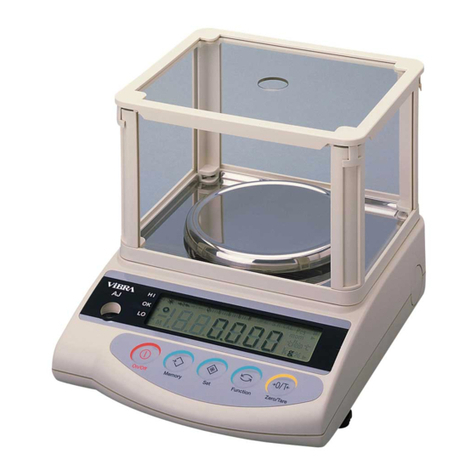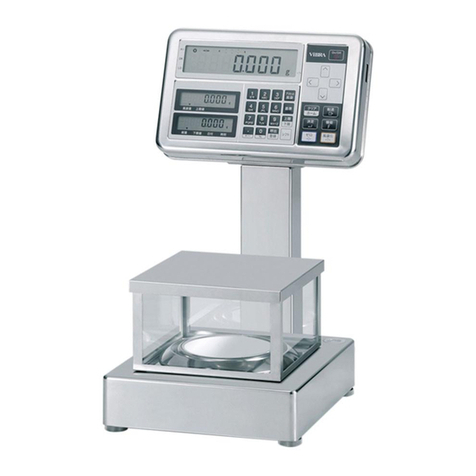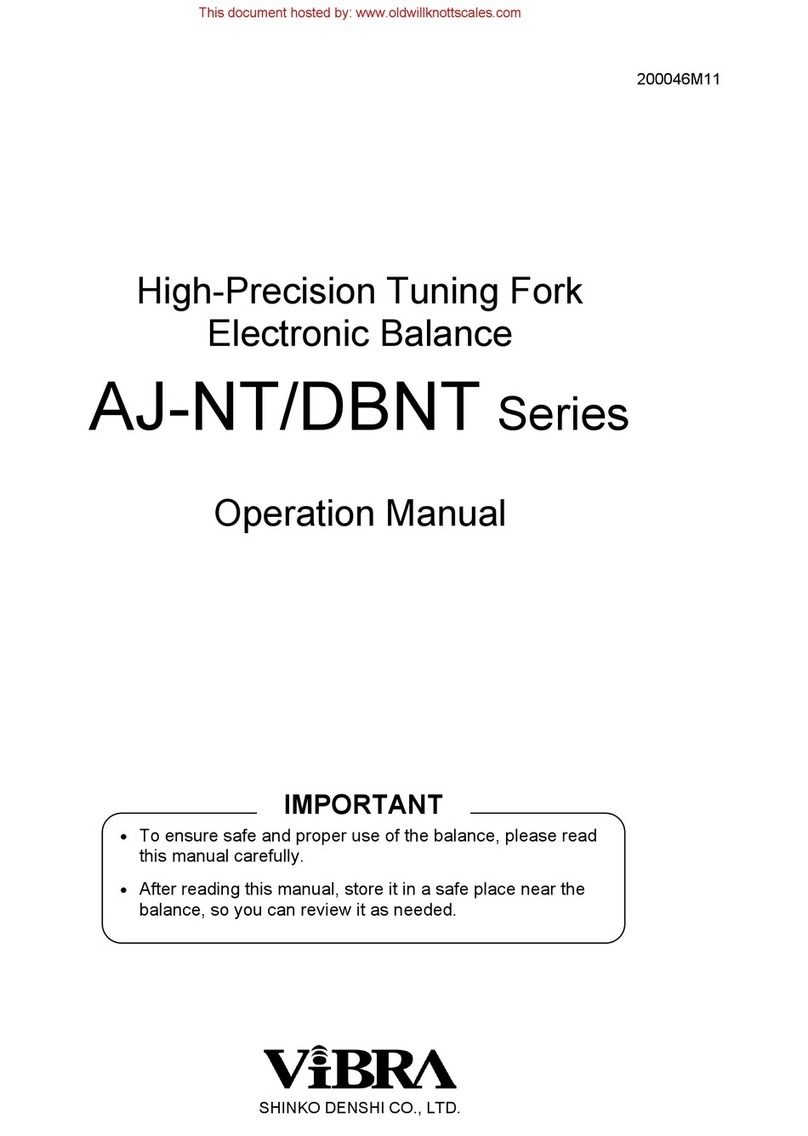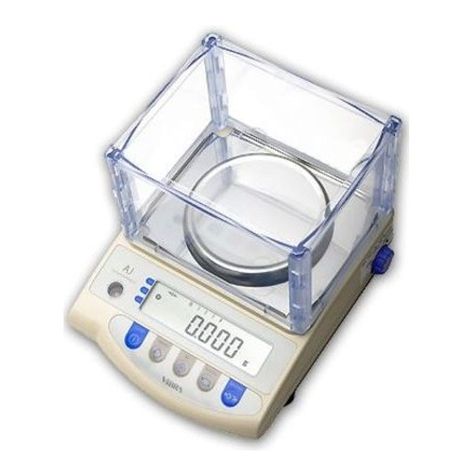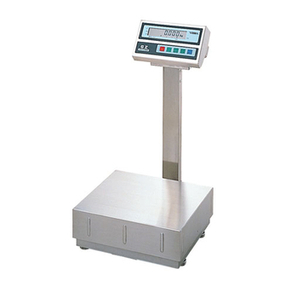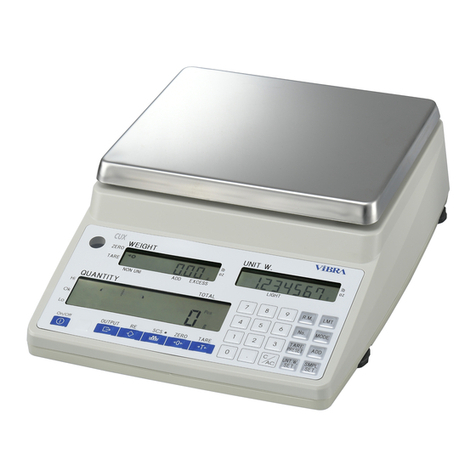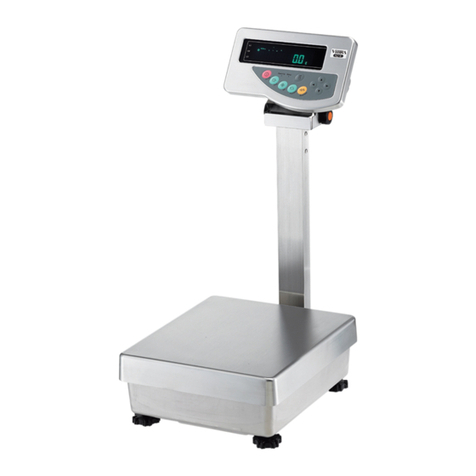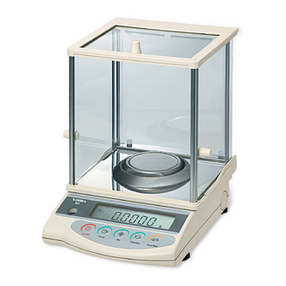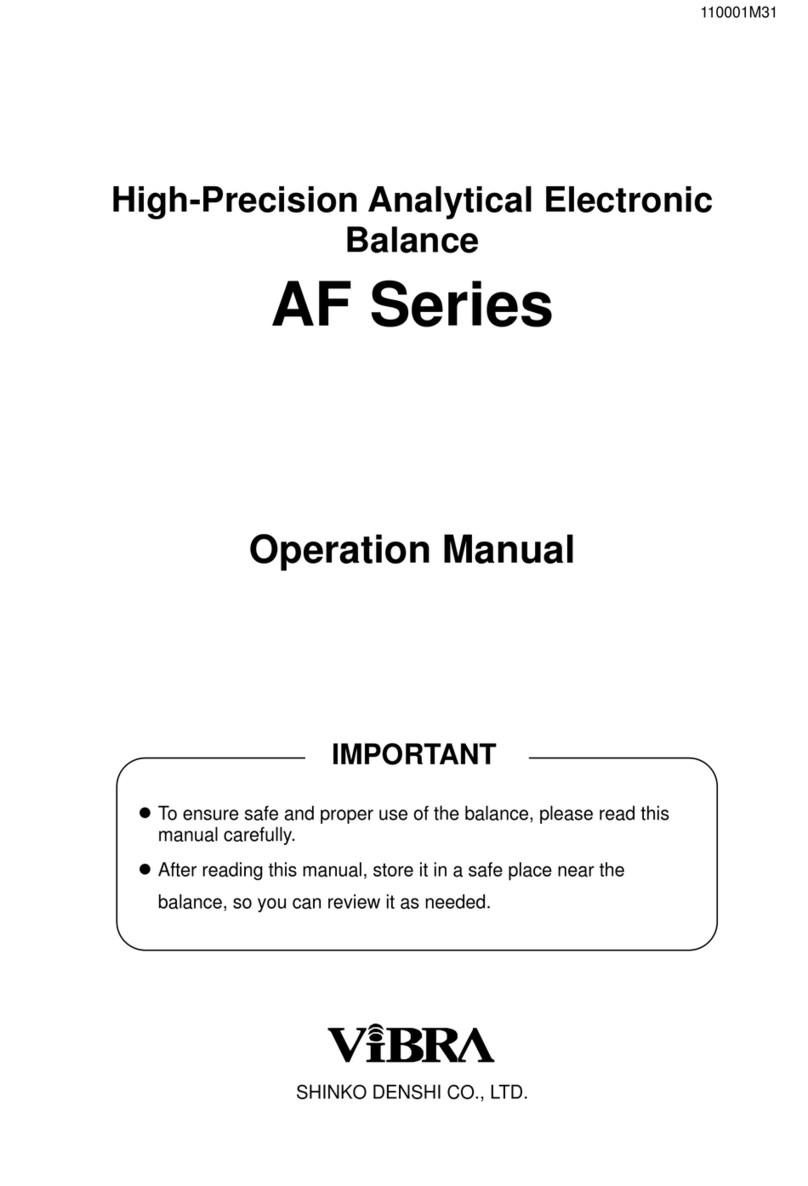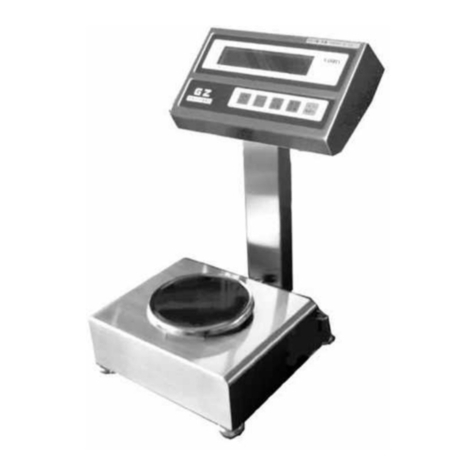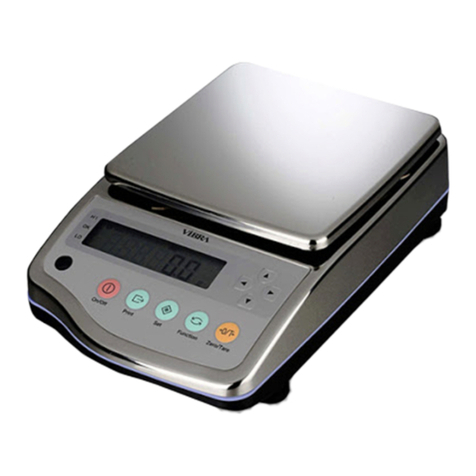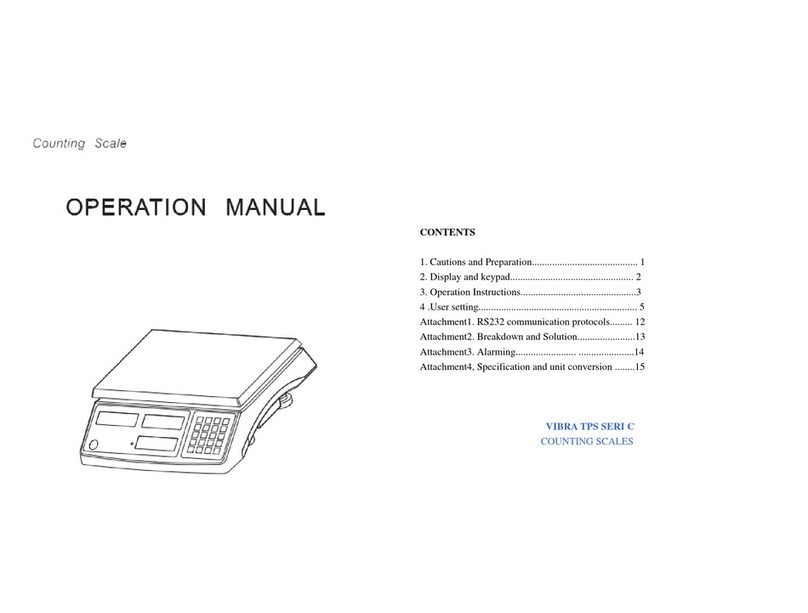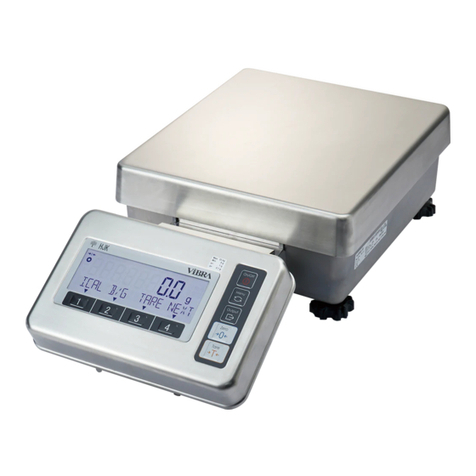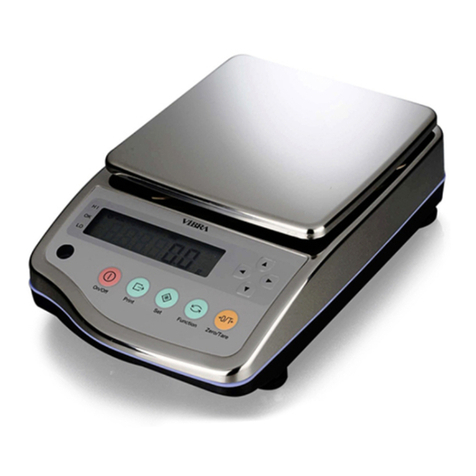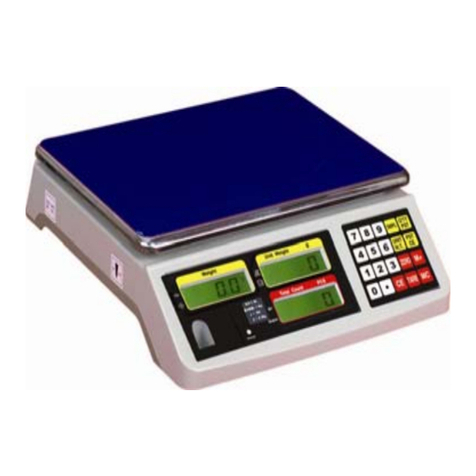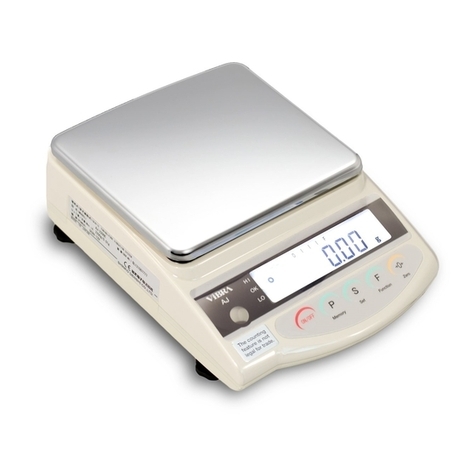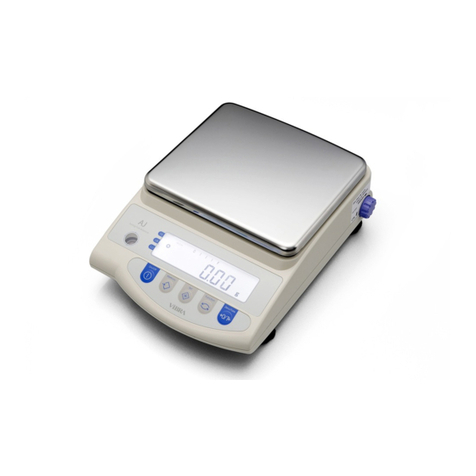
-vi-
3-9-1 How to perform discrimination................................................................................... 35
3-9-2 Comparator function setting ...................................................................................... 35
3-10 Adding function ..........................................................................................................37
3-10-1 Weighing by means of the plus-side addition.......................................................... 38
3-10-2 Weighing by means of the minus-side addition....................................................... 39
3-11 Stabilization wait setting .............................................................................................40
3-12 Bar graph indication ...................................................................................................40
3-13 Backlight setting .........................................................................................................41
3-14 Auto power-off............................................................................................................ 41
3-15 “Simple SCS (Self Counting System) method” setting ............................................... 42
4 Functions related to the performance .............................................................................43
4-1 Hierarchy of functions related to the performance........................................................ 43
4-2 Stability discrimination width ........................................................................................ 43
4-3 Response speed ..........................................................................................................44
4-4 Automatic zero tracking................................................................................................ 44
5 Comparator setting ...........................................................................................................45
5-1 Hierarchy of comparator setting ...................................................................................45
5-2 Setting of the discrimination value of the comparator function ..................................... 46
5-2-1 Actual value setting method ...................................................................................... 47
5-2-2 Numeric value setting method................................................................................... 47
6 External input/output functions .......................................................................................48
6-1 Hierarchy of the external input/output functions ...........................................................48
6-2 RS-232C Connecter terminal numbers and their functions ........................................ 50
6-3 USB Connecter terminal numbers and their functions................................................ 51
6-4 Communication format .................................................................................................51
6-4-1 Basic communication specification ...........................................................................51
6-4-2 Basic data output format / CSP format......................................................................52
6-4-3 CBM format...............................................................................................................54
6-5 Input command ............................................................................................................56
6-5-1 Transmission procedure............................................................................................ 56
6-5-2 Input command composition 1 ..................................................................................57
6-5-2 (1) Zero-point adjustment and Output control setting command ...............................57
6-5-2 (2) Date output request and time output request.......................................................57
6-5-3 Input command composition 2 ..................................................................................58
6-5-3 (1) Comparator setting command .............................................................................58
6-5-3 (2) Interval (output) time setting command................................................................58
6-6 Response.....................................................................................................................58
6-6-1 Response command format (A00/Exx format) ..........................................................58
6-6-2 Response command format (ACK/NAK format)........................................................ 58
6-7 External contact input...................................................................................................59
6-8 Communication setting................................................................................................. 60
6-8-1 RS232C/USB ............................................................................................................60
6-8-2 External display mode ................................................................................................. 62
7 Functions related to the lock............................................................................................ 63
7-1 Hierarchy of functions related to the lock .....................................................................63
7-2 Total lock release .........................................................................................................63
7-3 Key lock function ..........................................................................................................64
7-4 Menu lock function .......................................................................................................64
8 Controlling and adjustment functions............................................................................. 65
8-1 Hierarchy of controlling and adjustment functions........................................................65
8-2 Shortcut setting for accessing various measuring modes ............................................ 67
8-3 Free key setting............................................................................................................68
8-4 Maintenance settings ...................................................................................................69
